Recently, when I had some free time, I researched the ecological development of Polkadot in Asia and found that Polkadot is ultimately a Western public chain technology ecosystem. This afternoon, I asked a circle of acquaintances who work in blockchain games, and none of them are working on projects in the Polkadot ecosystem.
However, during the inquiry, I also discovered several Polkadot projects belonging to the broader Asia-Pacific region, including Japan's Astar Network chain, New Zealand's Mnet Pioneer metaverse project, and I've heard that many anonymous gambling projects use Polkadot public chain technology.
Today, I'm looking at this Astar Network from Japan.
The token of the Astar Network chain $ASTR was already trading on Binance in the spot market in early 2022 and is a Layer 1 public chain based on Polkadot technology.
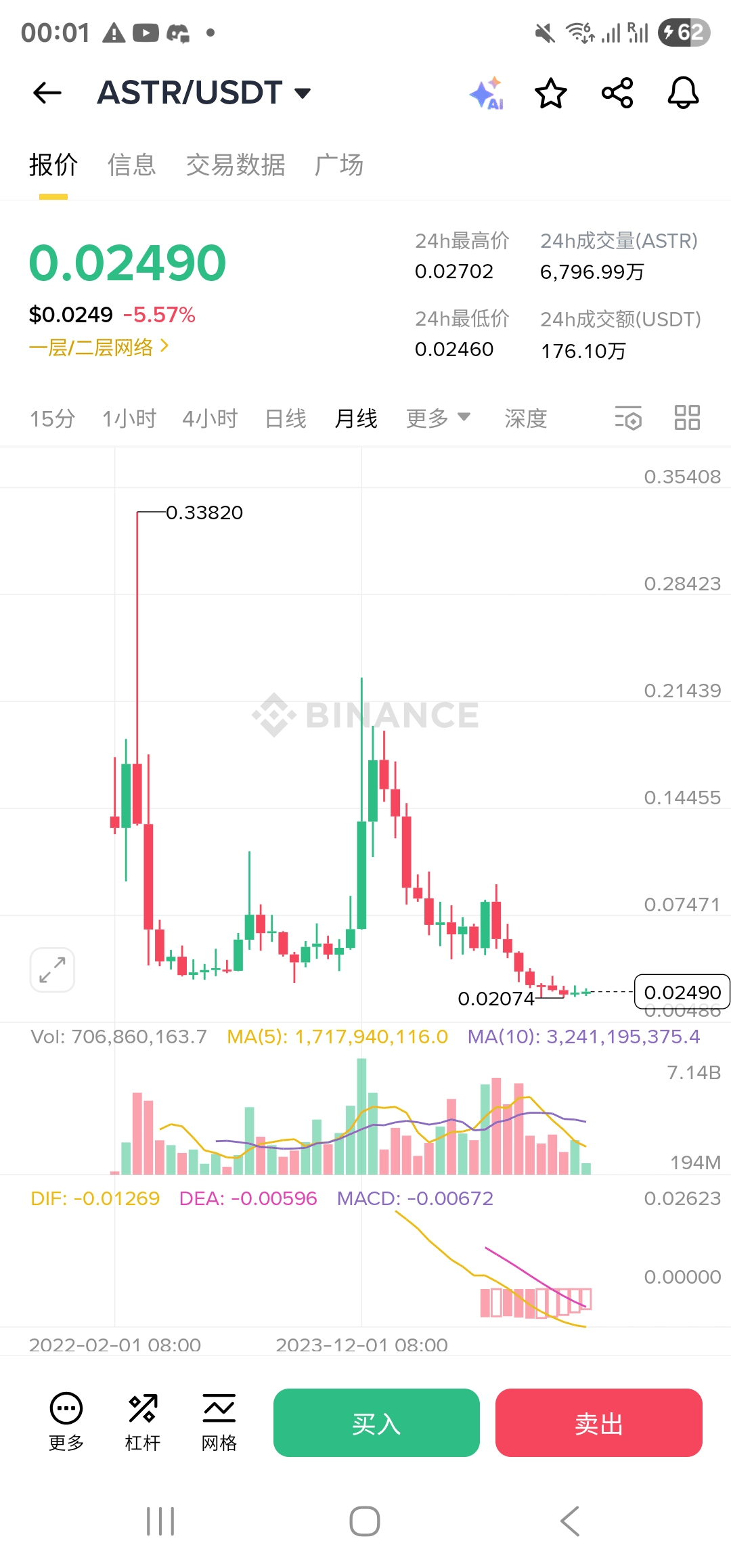
The development team of the Astar chain, Startale Labs, is also a public chain partner of Sony's blockchain subsidiary, Sony BSL. In a sense, Sony provides funding and resources, outsourcing the product and technology development of its Ethereum Layer 2 game public chain Soneium to Startale Labs. Interestingly, Soneium is built on OP Stack.
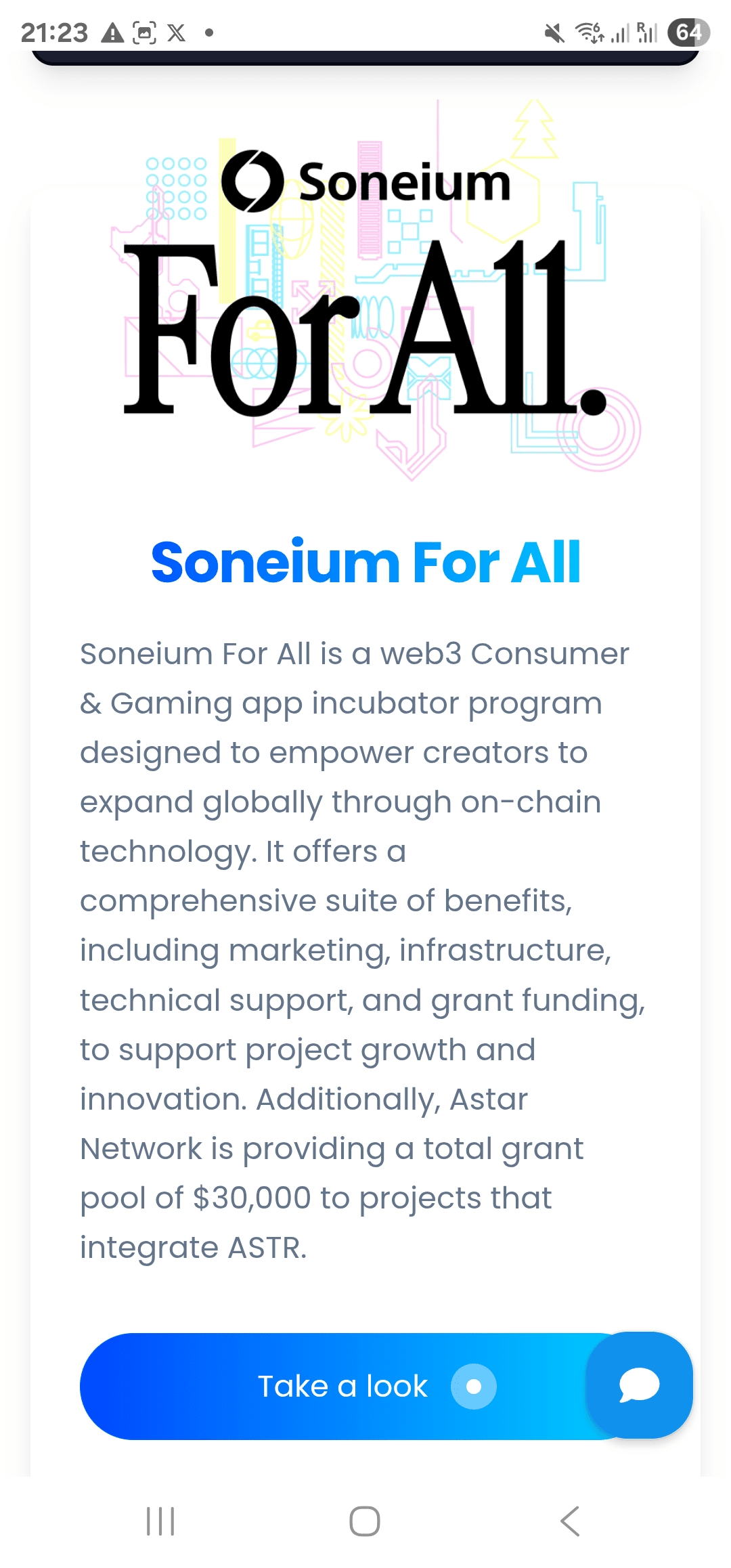
Of course, it's not just about technical outsourcing. Astar and Soneium are deeply integrated; the native token of the Astar chain $ASTR is also the governance token for the Soneium chain, used for governance, liquidity incentives, and transaction media in DeFi, NFTs, games, and consumer applications on the Soneium chain.

This is also very interesting.
The Soneium chain has not yet released a token and has not announced what its native token will be; it still uses ETH as the token for public chain gas fee payments. However, any public chain that grows strong will eventually launch its own native token for transactions and gas fee payments within its ecosystem, so how will the ASTR token serve as a governance token in the Soneium chain ecosystem?
I speculate that there may be some acquisition and merger actions between these two public chains, so which token is used for the Soneium chain gas fee doesn't matter, as it's all Sony's.
Currently, the Astar Network official website lists the ecological projects of both public chains separately; aside from the standalone Soneium chain, the other projects in the Astar ecosystem are mostly dapps.
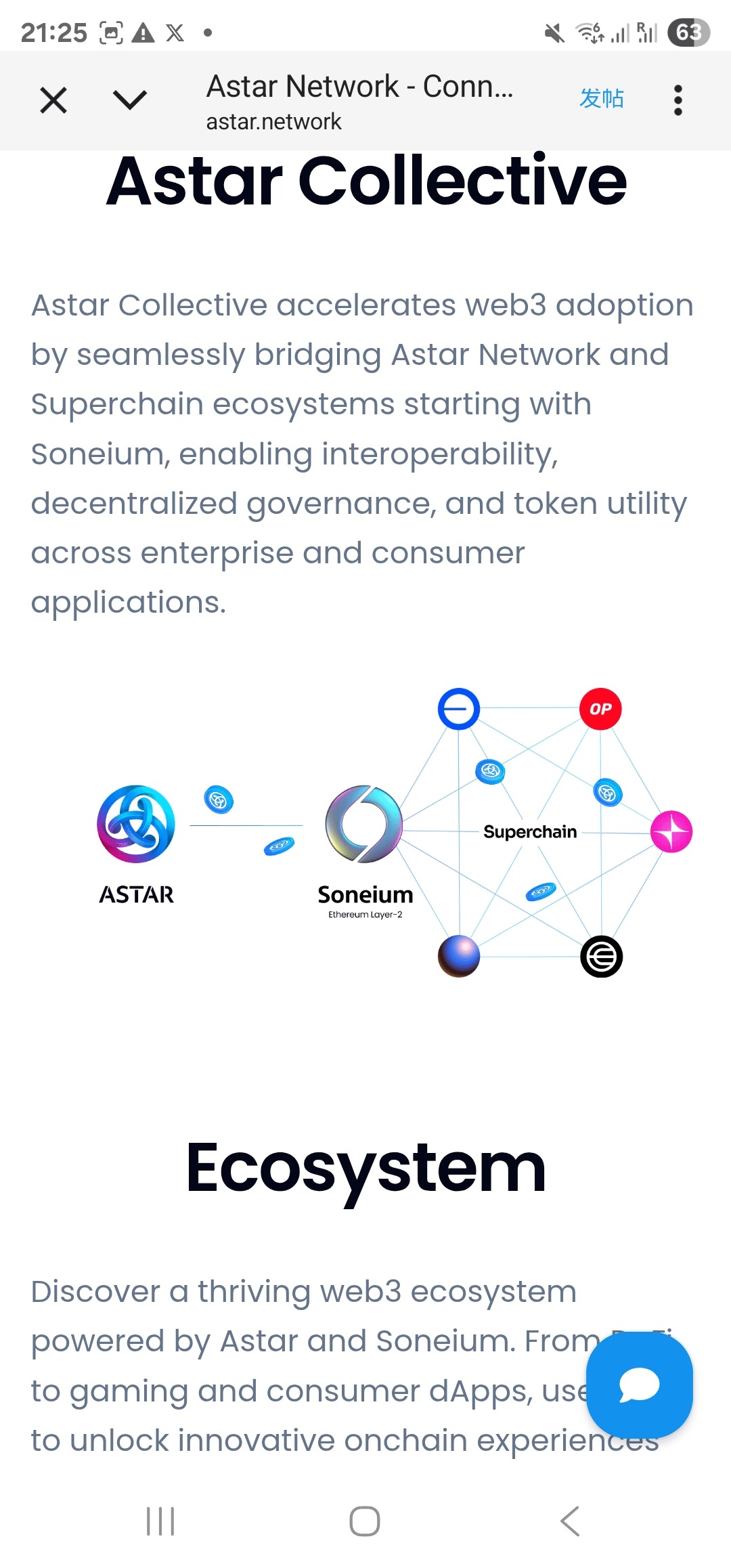

Last year, when Sony announced the launch of the Soneium game public chain, it caused quite a stir in the blockchain gaming community, and they later released some NFTs, but it seems the hype was not very high.
After playing some Japanese blockchain games, Sister Cathy is now not very interested in the blockchain games made by Japanese developers. She feels that their tokenomics and economic system design are too stable, so she treats them as Web2 games and plays without expecting any Play2Earn gold mining or investment speculation opportunities.
Using CoinGecko to search for the market capitalization ranking of projects on the Soneium chain, the first and second places account for almost two-thirds of the total market capitalization of the entire chain, surprisingly being BTC staking projects @Solv Protocol $SOLV .
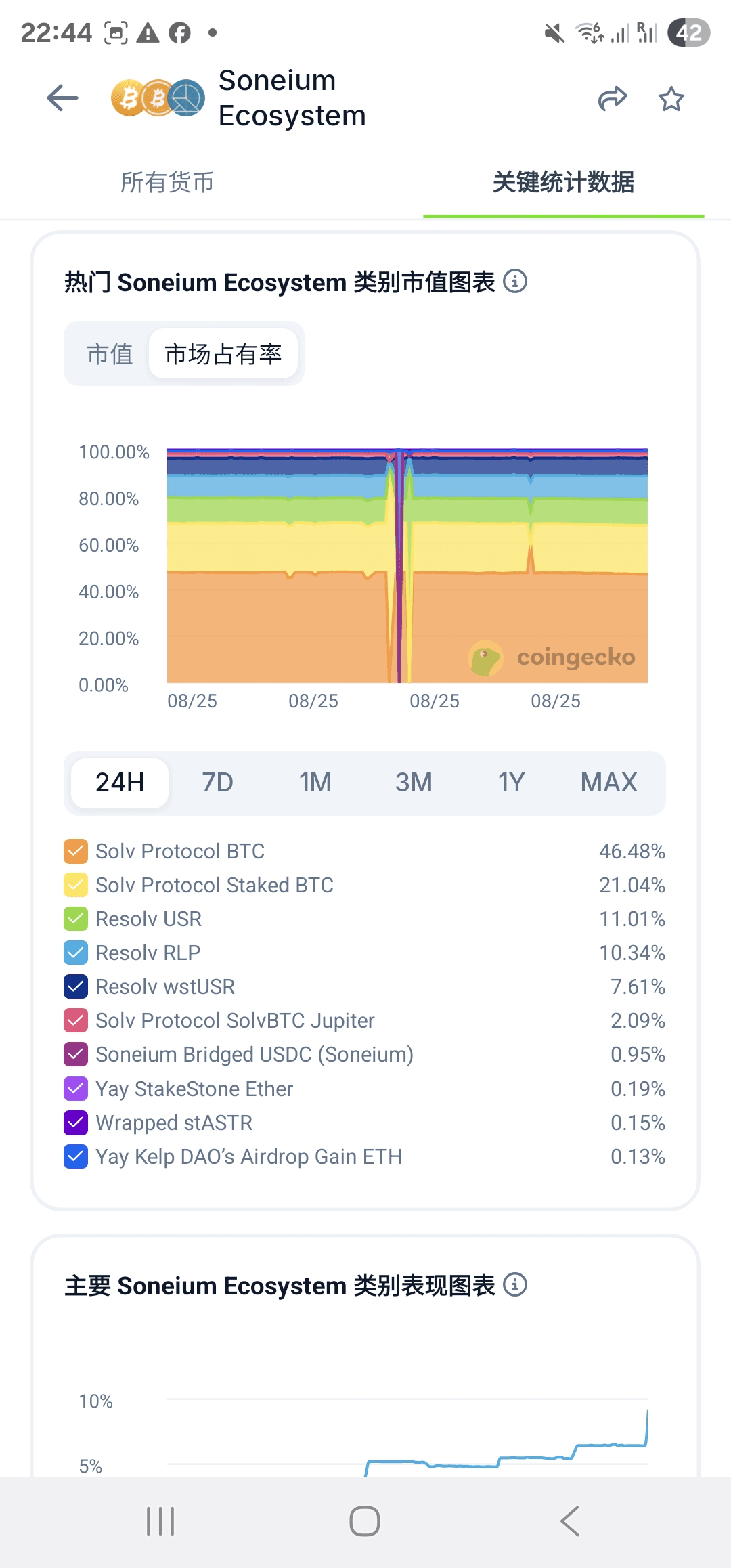
The development pace of the Soneium chain also has a uniquely Japanese characteristic of being neither too fast nor too slow; the latest news on the official website is from May regarding a promotional collaboration with Square Enix for a game.
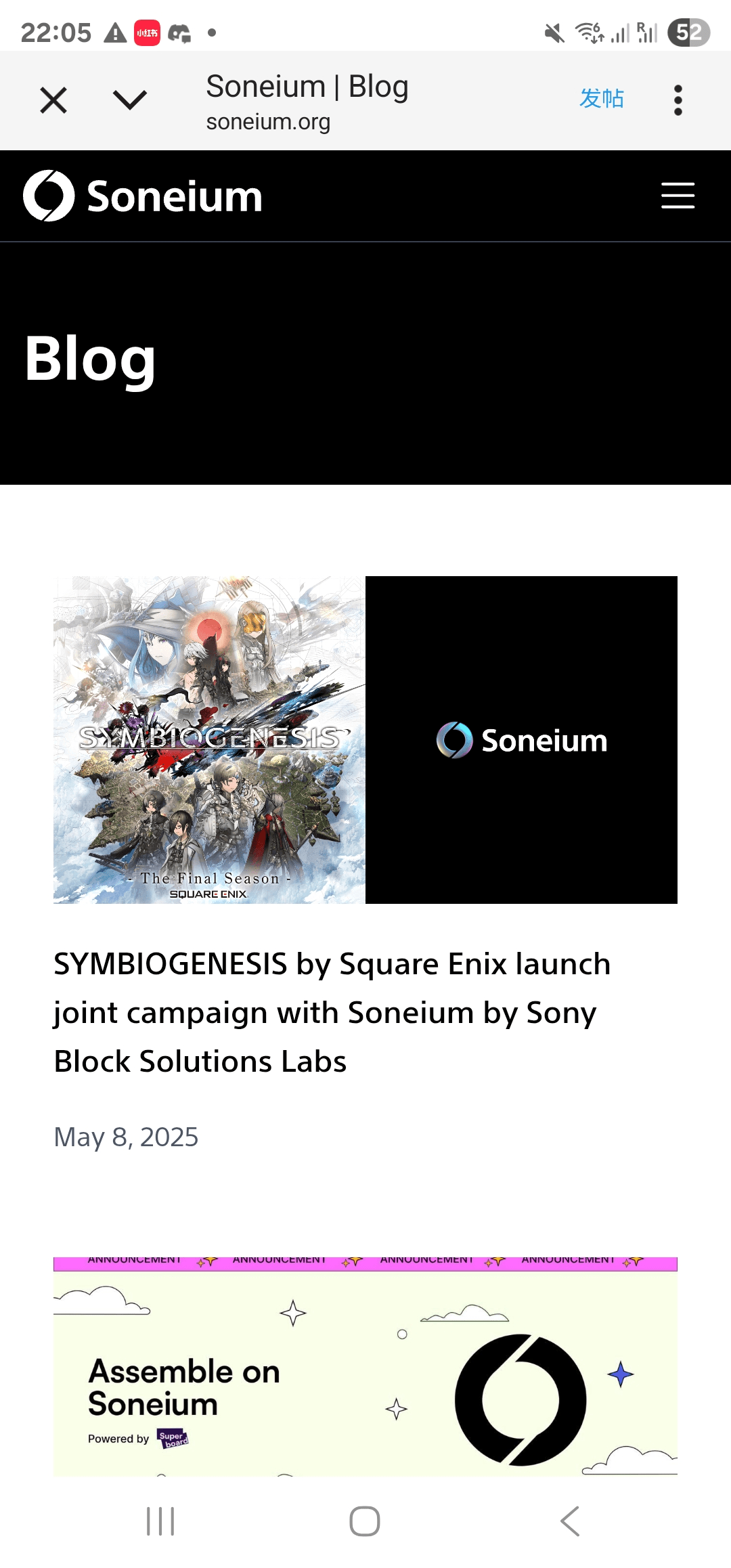
Considering that the development of blockchain games across various chains has been quite average in the past year, Astar and Soneium currently have a total of 25 blockchain game projects launched, which is no easy feat. Some of the games listed are ones I haven't really heard of, and I plan to try them out one by one tomorrow.
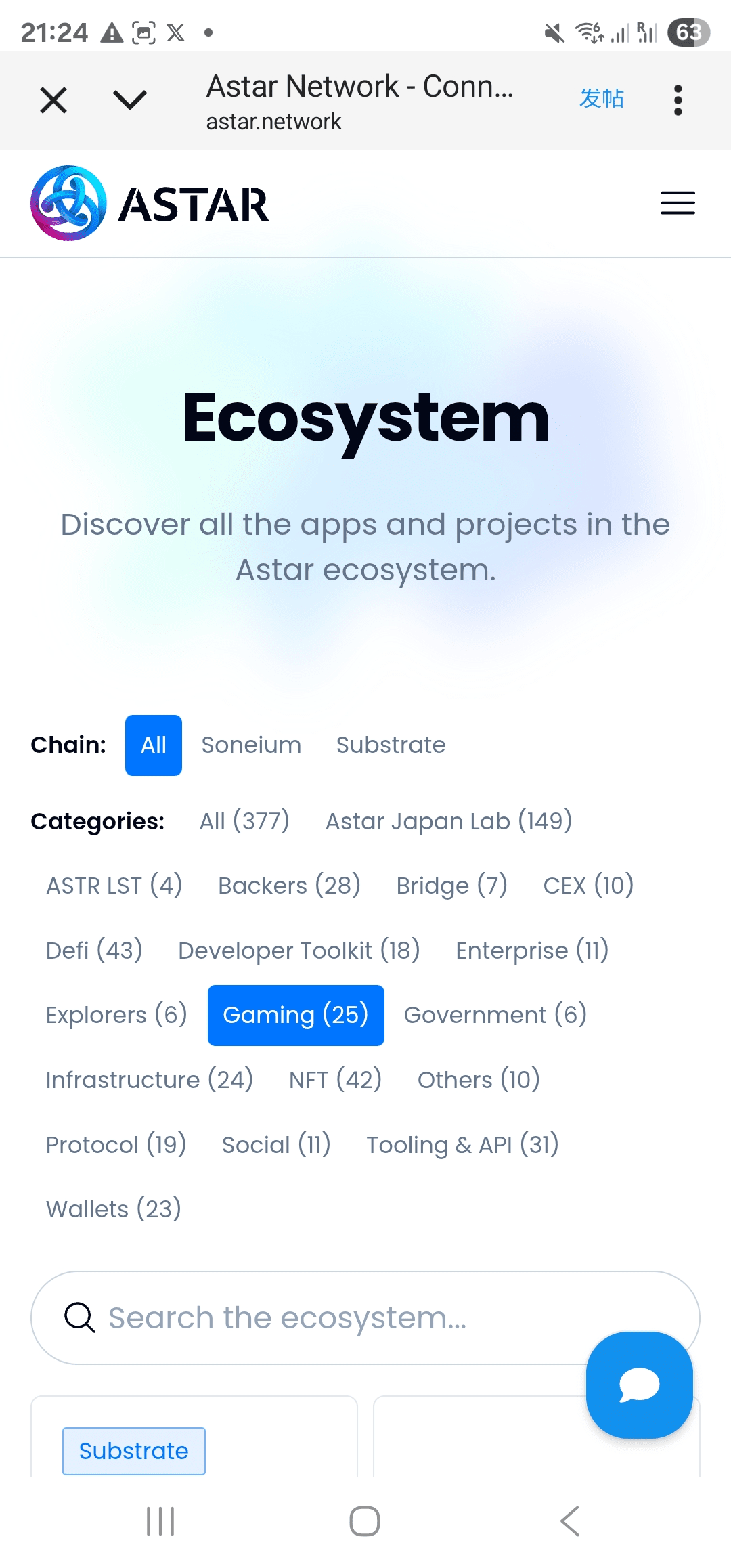
Players who have played projects on the Astar Network chain or games on Sony's Soneium chain are welcome to leave comments sharing their experiences.
If anyone knows of any games developed by Chinese developers that are based on the Polkadot ecosystem, please share them with Sister Cathy for research, thank you!
